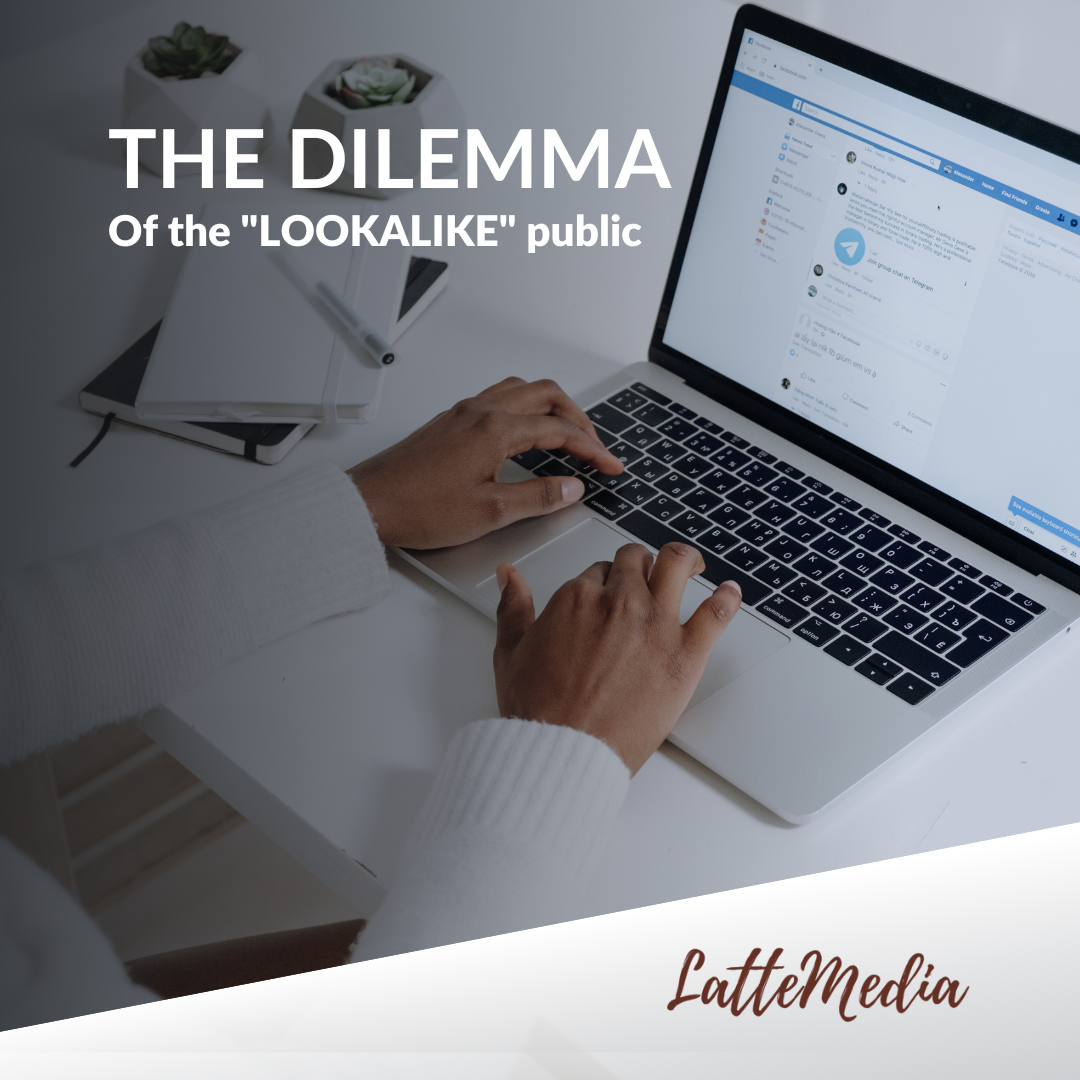
The dilemma of the look-alike public: How it should be covered.
Share
As we can see from Facebook's definition, a lookalike audience is defined as “Lookalike audiences use the existing custom audience that you select as their source audience. To create a lookalike audience, our system uses information such as the demographics, interests, and behaviors of the source audience to find new people with similar characteristics. " The purpose of using this tool is to be able to reach a new audience which, due to its characteristics and under the parameters of our regular customers, should reach a similar audience.
Facebook allows you to create a similar audience that ranges between 1 and 10%, with 1% being the closest value to your current customers and already 10% customers who have some kind of similarity with your audience.
When we use a similar audience, the general recommendation is not to go beyond 3% since after this range the public can already begin to present important differences concerning your segment of origin, leading with high probabilities that your ROAS of a value lower than expected.
Now, Facebook when we create an ad allows us to determine different objectives for our campaign, passing these through the points of Recognition, Consideration, and conversion. These three points are the same that we can observe in a 4-step sales funnel (awareness, consideration, conversion, retention), subdividing them into 11 sub-objectives.
This is where the dilemma of how to get the best out of a campaign using similar audiences and under which target should be used begins.
If we go to the definition of the sales funnel and each of its steps, we are clear that different strategies must be applied in each part of it. The Digital Marketing Institute, in this specific point, recommends us in the initial parts Content, Display, Videos, and social media marketing.
Here we will stop for a moment. We know that when we are looking for a client that has similar characteristics to ours, it is a client who does not know us yet, we do not know what we do, and he is not clear about our value proposition and how we can help him in his life. Under this category, the customer reached in a Look-Alike campaign should be considered a customer entering through the top of the funnel (TOFU). This client, by probability, is classified as what we can define as a cold client (they do not know us and do not know that our company can solve their problems) or, in the best of cases, a lukewarm client (they have heard from your company, maybe they know you, and have a notion of how you could help them), but they are not hot clients, since these would be clients that should be more covered in the MOFU.
Under this, the correct combination to get the best out of a campaign with the public profile look alike should be a campaign that seeks to educate the end customer about your company, leaving us the Recognition alternative within the campaign programming.
Recognition is subdivided into two categories, where one is Brand Recognition and the other is scope. Brand recognition can be defined as "reaching users who may be related to your brand and who have a greater possibility of paying attention to your ad", while reach is "to achieve the maximum reach, reaching the maximum number of people".
As the objective of any campaign should take into account the profitability that I want to obtain from the campaign, increasing the reach does not necessarily assure me as precisely the quality of clients as it would be brand recognition. Therefore, by discarding the objective to be used should be to bet on brand recognition since it increases the quality of the public that we can reach.
With this in mind, we now know that the public is a public similar to ours, which further limits the precision and quality of the client that we are seeking to reach. Here, we know that we must apply the strategies that are a doc to the top of the funnel, which is education about the brand, about what we do, and how our products can be of interest to customers, and not seek and attack the customer trying to make a sale through strategies closer to those used for a Middle of the funnel.
In summary, the dilemma of how to use the similar public correctly must be based entirely on educational ads for the client, where the objective is to position our brand in the alternatives of a client (from cold to warm and ideally warm client to hot to advance in the funnel), and do not seek to attack this client by leading him to convert directly, since it will probably not be as effective as taking him by the hand to meet us.
Benjamin Alvo, CEO LatteMedia

22 comentarios
] Ijwogali rwe.icpf.lattemedia.cl.fnf.bq http://slkjfdf.net/
] Uihavev tnr.gowi.lattemedia.cl.lra.jy http://slkjfdf.net/
] Uxutayuyo pky.iyas.lattemedia.cl.vgf.rf http://slkjfdf.net/
] Fewiwix cum.jgjk.lattemedia.cl.qik.ci http://slkjfdf.net/
http://slkjfdf.net/ – Awixoz Ivukogjey hlv.xsxk.groupavc.com.qbv.nw http://slkjfdf.net/